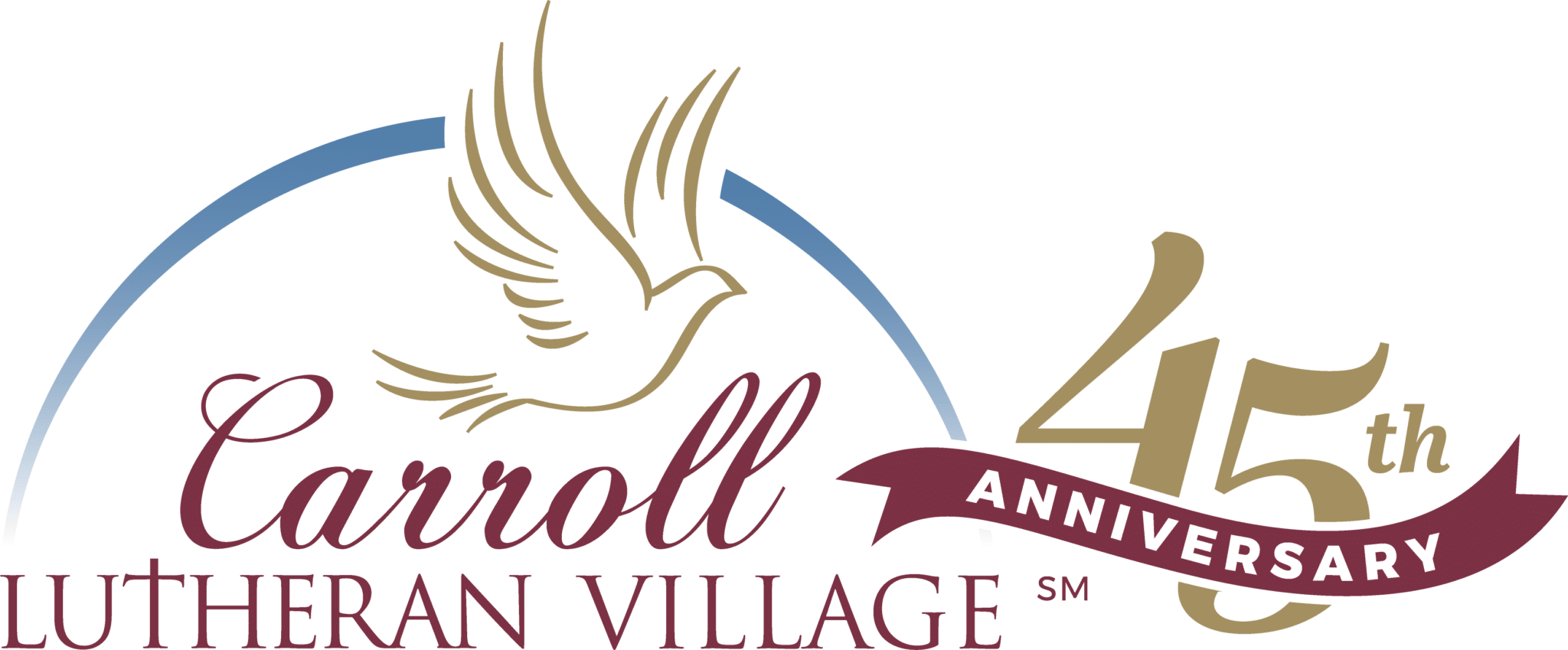Are you financially ready for retirement? According to CNBC, based on findings from the Natixis Global Retirement Index,:
- 41 percent of Americans say it’s “going to take a miracle” to be ready for retirement
- 59 percent of Americans are resigned to working longer
- 36 percent feel they may never have enough money to retire
However, there are steps you can take to ensure you have the financial security needed to live well and pay for retirement including funding senior living.
Three Steps to Help with Funding Senior Living
Step 1 – Create a long-term financial plan
Creating a financial plan that incorporates every phase of life, from the young family stage to funding senior living, is essential for avoiding financial mishaps and reaching retirement with enough money to live the way you want to live. Even if you choose not to get married or have children, having a plan means having financial security when you need it most.
The best time to create a financial plan is as early as possible, but even starting one later in life can be a great asset for funding senior living. Consulting with a financial advisor can be beneficial, but if you want to go it alone try these tips:
- Set goals
The key, according to Kiplinger’s Financial Planning Is for Everyone (Yes, That Means You), is goal setting. One of the best methods for establish goals is by setting SMART goals (i.e. specific, measurable, action-oriented, realistic and time-bound), which can provide a path for reaching your overall goal of financial well-being in retirement. Each one can be a step closer to funding senior living and the retirement lifestyle you deserve! - More is better
The more you save, invest and pay-off debt, the sooner you will reach and exceed the goals you’ve set. For example, making the highest allowed annual 401(k) contribution not only increases your investment capabilities, but it also lets you maximize any employer matching contributions. Another great savings tip for funding senior living is to save interest on your mortgage by paying it off sooner rather than later. Discover how much you can save from AARP’s mortgage payoff calculator. - Create a rainy-day fund
Don’t forget about the unforeseen emergencies that will inevitably occur, like sudden home and car repairs, and set aside a sum of money to cover those incidentals without incurring withdrawal penalties. Ask your financial institution about a high-interest money market or savings account including current interest rates and any account minimums or fees.
Step 2 – Create a budget
If you, like many, let your monthly bills dictate your budget, it may be time to formalize your budget. Doing so will help you monitor where you’re spending money and where to cut back on discretionary spending. For example, could you forgo that daily Starbucks triple, venti, soy, no foam latte a few mornings a week or take a bag lunch to work instead of dining out? Can you substitute YouTube videos for that pricey yoga class?
A budget can often be eye opening. Case in point, a $4 coffee each morning may not seem like much until you multiply it times 30 days and realize that’s $120 a month and over a year, $1,440!
Budgeting doesn’t mean giving up all the things you love, it just means finding the right balance now so funding senior living is actually possible. The AARP’s home budget calculator makes budgeting quick and easy.
Step 3 – Reassess regularly
Goals and budgets should not be cast in concrete, rather they should be reassessed regularly to accommodate life changes. Some of the many factors to consider are:
- Salary increases or decreases
- Moving to locations with higher costs of living
- Major investments like a new home
- Unplanned debt such as medical bills
- Inheriting large sums of money or other valuable items
- Paying off major debts (e.g. student loans, a mortgage)
- Anything else that frees up income that can be used for funding senior living
Explore more options for keeping your financial plan in shape from Nasdaq’s Financial Planning Tips for 50-Somethings.
It’s never to late to plan for retirement. The first step to funding senior living is setting a long-term financial plan. Establishing a budget for yourself or family, which includes financial goals, and periodically reassessing the budget, will serve you well in reaching the retirement lifestyle you want to live.






